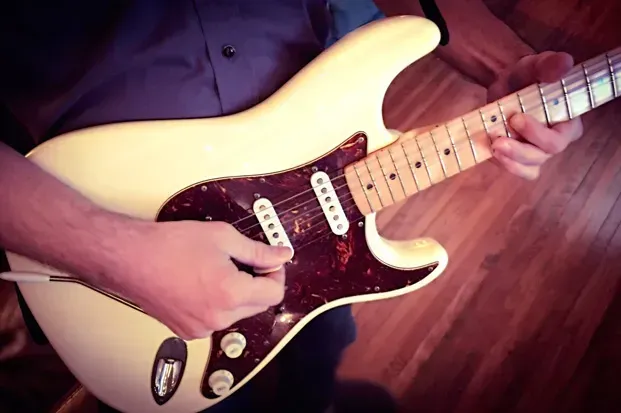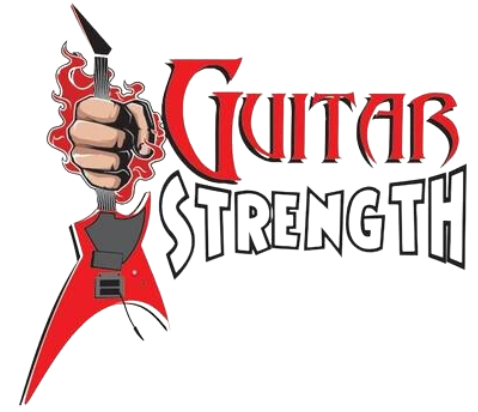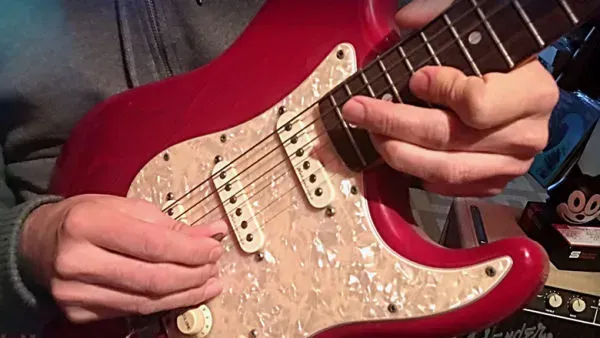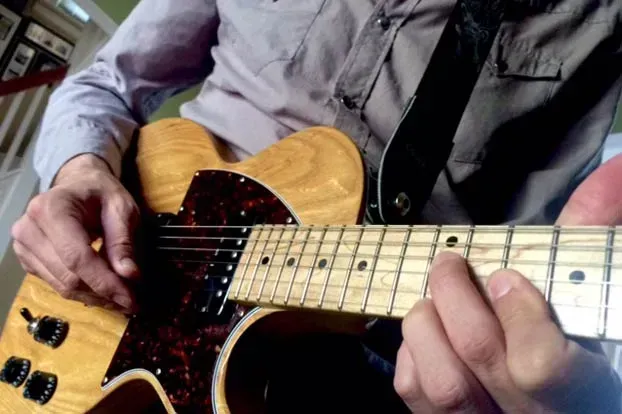Rip Up the Fretboard with Three-Note-Per-String Pentatonics
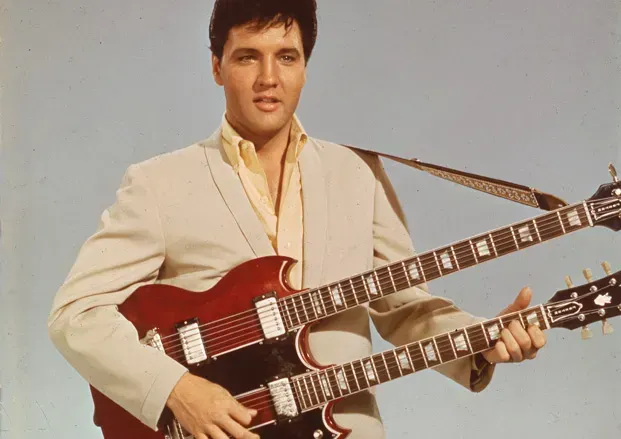
As guitar players' tastes and abilities evolve, and they begin to gravitate toward an appreciation for, and desire to learn, more technically demanding music, the pentatonic scale often gets a bad rap.
It's often considered cliché and not as impressive as three-note-per string (3NPS) diatonic scales.
But if you love loud, distorted guitar, somewhere early on in your development as a player you were turned on to the minor pentatonic “box” shape, such as the Am pentatonic in EXAMPLE 1A, and its adjacent shape, the C major (A minor’s relative major) “box” in EXAMPLE 1B. Mindful of the redundant notes shared between the shapes, EXAMPLE1C combines the two boxes into one 3NPS scale.
Unfortunately, while this 3NPS fingering immediately opens up a myriad of technical possibilities for re-harmonizing any already perfected diatonic run, there can sometimes be a problem with repeated “double” notes as you cross from string to string.


EXAMPLE2 shows how this problem can be an asset by utilizing a fairly popular 3NPS pattern with the new pentatonic fingering. As a coincidence of the pattern’s contour, the lick emphasizes the repeated notes on adjacent strings (three times in a row in beats 1 and 3, and 2x in beats 2 and 4 of each measure). Play it hard, tight and rhythmic, and manipulate the dynamic differences between the picked notes and the palm-muted legato hammers and you’ll see the possibilities.
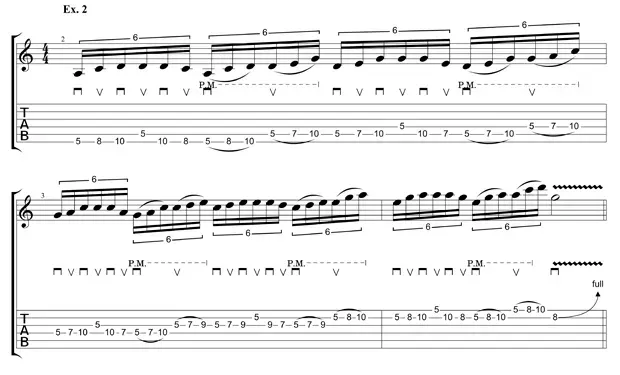
EXAMPLE3 combines tapping and legato and avoids any doubling/repeated notes while creating a cool melodic sextuplet pattern of “down 5, up 1, restart one higher." Be sure to note the “hammer-on-from-nowhere” that begins the latter third of each sextuplet and the subsequent hammer-on to the next higher note in the scale. Start slow and hit/pull every note hard and in rhythm until you get the feel for the tapped “launch” of each sextuplet. I expect you’ll immediately see how this same pattern can be re-purposed with notes from diatonic 3NPS scales.
I recommend experimenting with combinations of this and the same pattern using the related 3NPS diatonic scales. Explore different string crossings/directions, string skipping, etc., while alternating and mixing different permutations of the basic lick.

Emphasizing the "pentatonic-ness" of the fingering, EXAMPLE4A is an extremely-easy-to-execute picking pattern that climbs the neck through the remaining positions of the scale and demonstrates the visceral power of these combined fingerings when they’re torn through appropriately. EXAMPLE4B is a variation on the same pattern with an intelligently applied legato phrasing in the second half of each beat (Rip into the upstroke that launches the pulls).
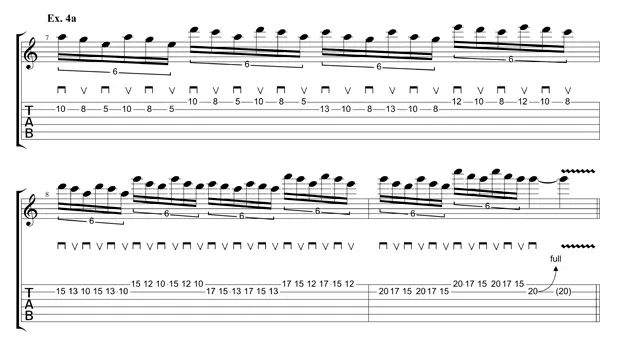
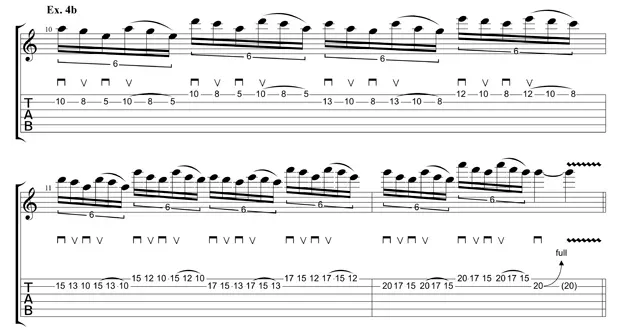
As always, I encourage you to use these examples as an inspiration to explore the possibilities of this concept all over the fretboard, in other keys and with your own variations. Happy shredding!




